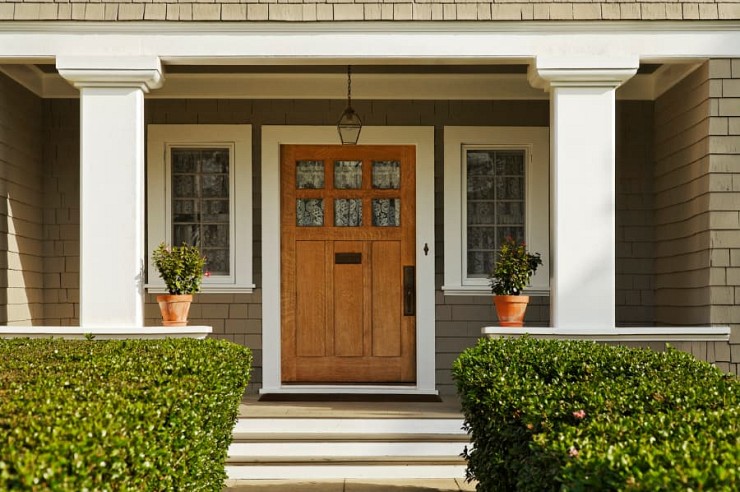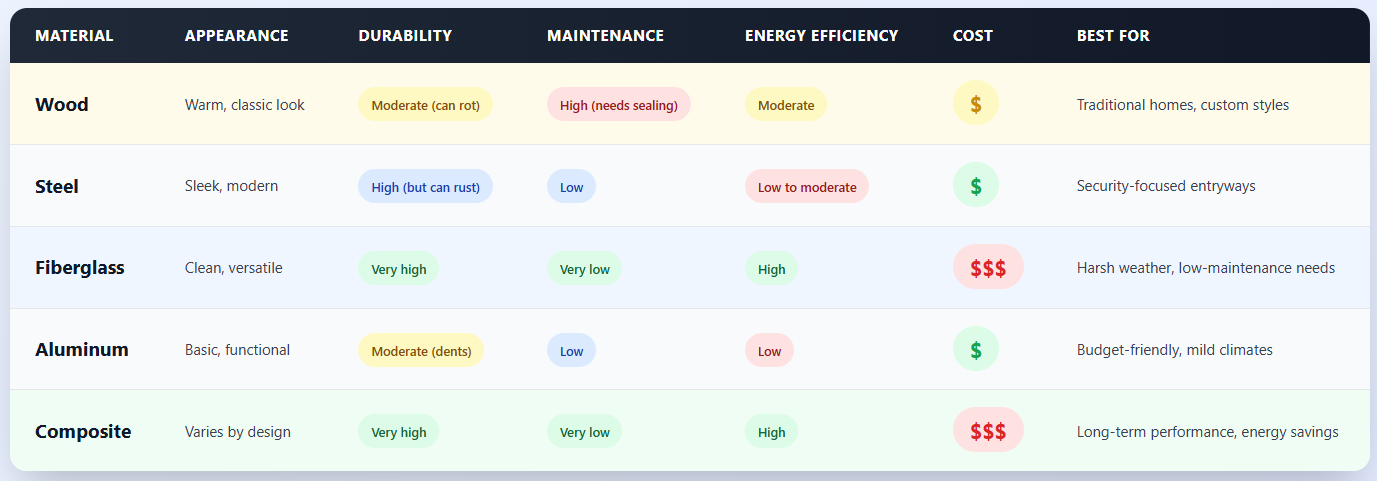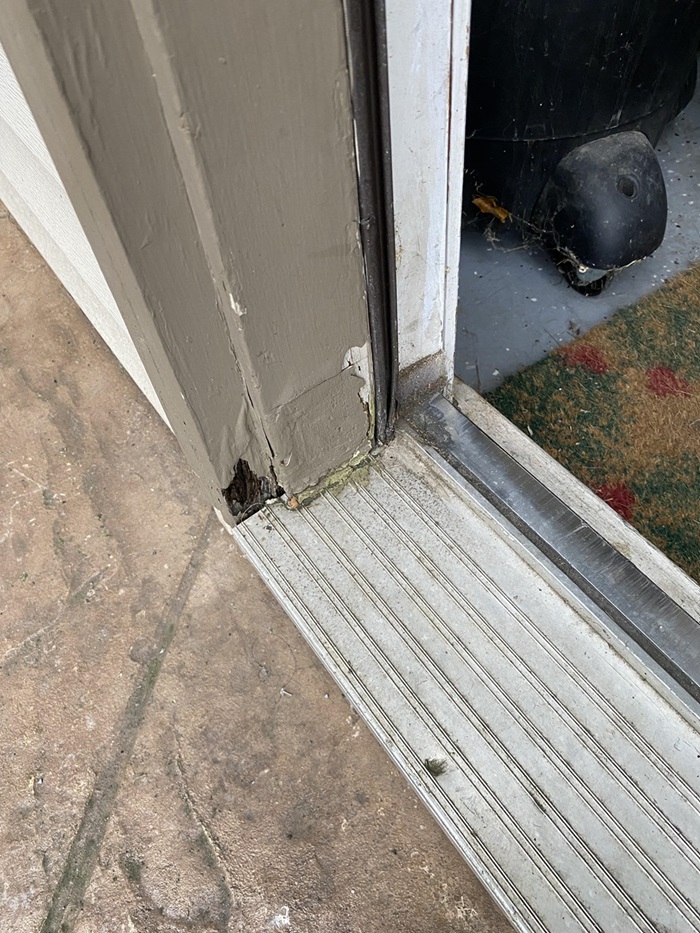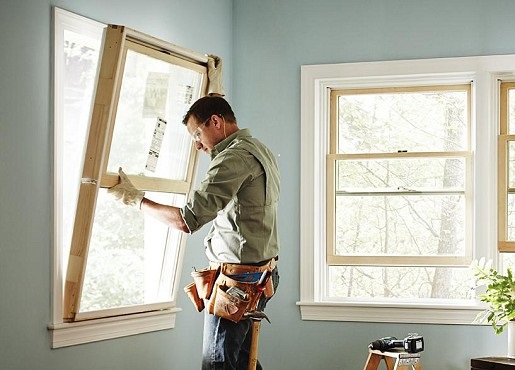Why Your Exterior Door Frame Matters (and How to Choose the Right One)

When people think about their front door, they often focus on the door itself. The style. The color. The hardware.
But what holds that door in place? What keeps it secure, sealed, and standing strong year after year?
That would be your exterior door frame — and it matters more than most homeowners realize.
In this post, we’ll break down why the frame is so important, how it affects your home’s security and energy use, and how to choose the right one when it’s time to replace or upgrade.
Let’s start with the basics.
Why the Door Frame Matters
It’s easy to overlook the frame around your front door. But it’s doing a lot more work than you think.
A strong, well-installed frame plays a key role in:
Home Security
Your locks are only as strong as the frame they’re attached to.
If the frame is weak, cracked, or poorly installed, it doesn’t matter how solid your deadbolt is; a well-placed kick can break through.
That’s why reinforced frames and strike plates are important for preventing forced entry.
Energy Efficiency
Gaps around your door frame let air in and out.
That means your heating and cooling system has to work harder; and your energy bill goes up.
In fact, the Canadian Centre for Energy Information (CCEI) says windows and doors can account for up to 30% of residential energy loss. A properly sealed frame helps reduce that.
Durability
Moisture, shifting foundations, and time can wear down a frame.
When that happens, your door may start sticking, sagging, or letting in drafts. You might even see mold or rot.
Investing in a durable, weather-resistant frame helps prevent these issues.
Curb Appeal
The frame is part of the door’s visual package.
It should match the style of your home and create a clean, finished look. Damaged or outdated frames take away from your home’s appearance; especially at the front entry.
Exterior Door Materials: Pros and Cons
Not all door frames are created equal. The material you choose impacts everything from maintenance to lifespan.
Here’s a quick breakdown of the most common exterior door frame materials:
Wood
Pros:
- Classic and natural look
- Easy to paint or stain
- Strong and traditional
Cons:
- Prone to rot, swelling, and insect damage
- Requires regular maintenance
- Not ideal for humid or rainy climates
Steel
Pros:
- Excellent for security
- More affordable than fiberglass
- Low maintenance
Cons:
- Can rust over time if scratched or uncoated
- Less insulating than other options
- Limited design flexibility
Fiberglass
Pros:
- Weather-resistant and durable
- Won’t warp, rot, or rust
- Low maintenance
Cons:
- Higher upfront cost
- Less customizable than wood
Aluminum
Pros:
- Lightweight
- Resists corrosion
- Affordable
Cons:
- Dents easily
- Not very energy efficient
- Can feel flimsy
Composite
Pros:
- Combines the best features of wood, PVC, and fiberglass
- Extremely durable and low maintenance
- Great insulation
Cons:
- More expensive
- Limited availability in some markets
- Each material has its place — the right one depends on your climate, budget, and style preferences.

Signs You Need a New Door Frame

Sometimes it’s obvious. Other times, the signs are subtle.
Here’s what to watch for:
1. Visible Damage
Cracks, warping, or rotting wood are clear red flags. They weaken the structure and often get worse over time.
2. Drafts or Air Leaks
Feel cold air coming in around the door? That’s likely a frame issue. Gaps mean lost energy and higher utility bills.
3. Difficulty Opening or Closing the Door
If the door sticks, sags, or won’t latch properly, the frame may be out of alignment — often caused by shifting, moisture, or age.
4. Moisture or Mold
Peeling paint, soft wood, or black spots around the frame are signs of water damage. Left alone, it can spread to the wall or floor.
5. Rusted Hinges or Loose Hardware
If the hardware isn’t staying tight, it could mean the frame is deteriorating and no longer holding screws securely.
If you notice one or more of these, it’s probably time to repair or replace the frame.
How to Choose the Right Door Frame (for Toronto Homes)
Toronto’s climate brings everything — snow, rain, heat, and humidity. Your door frame needs to handle all of it.
Here’s how to choose one that lasts:
Choose Weather-Resistant Materials
Toronto winters can be harsh, and summers can get humid.
- Avoid wood unless it’s very well sealed and maintained — it’s prone to swelling, warping, and rot.
- Fiberglass and composite frames are ideal. They resist moisture, don’t warp in the cold, and provide excellent insulation.
- Steel is also a solid option for security, but it must be properly coated to prevent rust.
Focus on Energy Efficiency
Heating costs can spike in the winter — and drafts around your door frame are a common culprit.
Look for:
- Insulated frames or frames with thermal breaks
- Tight weatherstripping to block air leaks
- ENERGY STAR®–rated door systems, common in Canada
Reinforce for Security
Urban areas like Toronto can benefit from stronger door systems.
Choose a frame that supports:
- Heavy-duty deadbolts
- Steel strike plates
- Solid hinge attachments with long screws into the wall stud
Low-Maintenance Wins
With four distinct seasons, you don’t want a frame that needs constant care.
- Fiberglass and composite are nearly maintenance-free
- Steel is low upkeep but may need repainting over time
- Wood looks great but requires yearly inspection and sealing
Match the Aesthetic of Toronto Homes
From brick semis to modern infills and heritage homes — style matters.
- Use trim that blends with your exterior (especially in older Toronto neighbourhoods like The Annex or Leslieville)
- Choose neutral tones or wood-grain finishes for broad appeal and resale value
Professional Installation vs. DIY

Replacing an exterior door frame isn’t always a weekend project.
When DIY Works
- You’re replacing a standard-size, pre-hung door.
- You have some experience with basic carpentry.
- The frame is in good shape and doesn’t need major repair.
If you’re confident with tools and follow instructions carefully, DIY can save money.
When to Hire a Pro
- The frame is damaged, rotting, or out of square.
- You need to install a custom-sized frame or make structural changes.
- You want it done fast, properly, and with a warranty.
In cities like Toronto, where weatherproofing is critical, a poorly installed frame can lead to long-term damage — and higher costs down the road.
Professionals bring the tools, skills, and experience to make sure everything is square, sealed, and secure.
Conclusion
Your door frame isn’t just a piece of trim — it’s the foundation of your entryway.
It protects your home from break-ins, keeps out the cold, and holds everything in place.
Choosing the right frame means better security, lower energy bills, and less stress over time.
So whether you’re upgrading for curb appeal or replacing a damaged frame, make sure you pick one that fits your home, your climate, and your lifestyle.
And if you're unsure? Talk to a pro. It’s one part of your home you don’t want to overlook.











